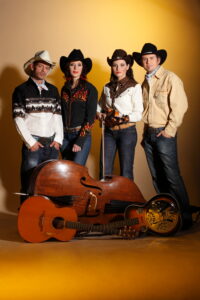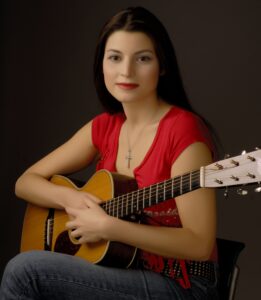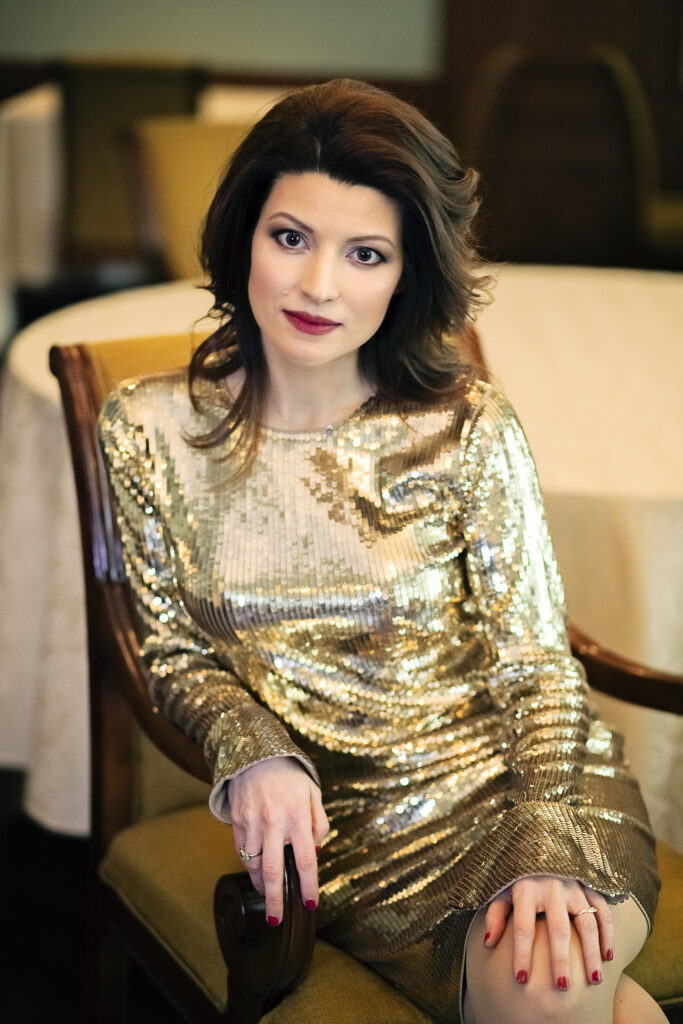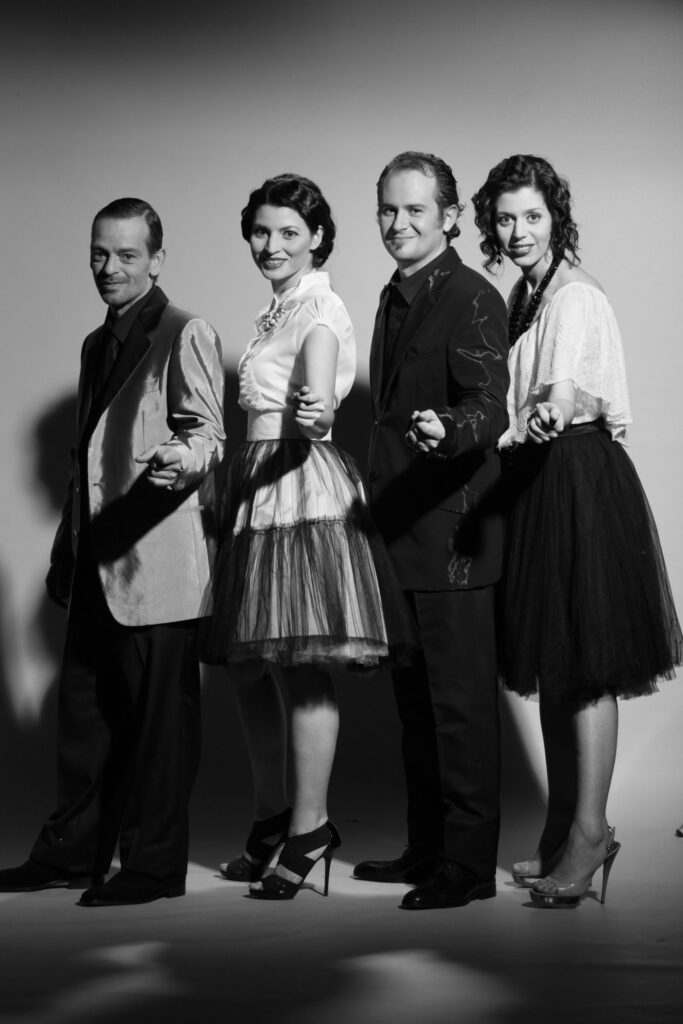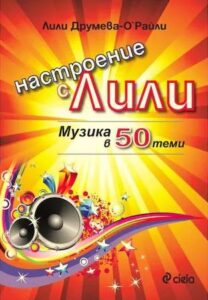Stephanie P. Ledgin
Bluegrass is an American homegrown music…
Interview with Stephanie P. Ledgin, music writer and photographer
© Lilly Drumeva-O’Reilly
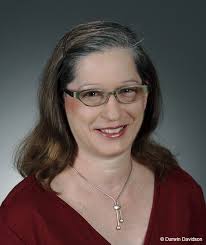 In the middle of November 2013 I visited Stephanie P. Ledgin in her home in New Jersey. We spent three days together and had a chance to talk about lots of things. Stephanie has a large collection of bluegrass and folk music CDs and an amazing library of music books. She is the author of “Homegrown Music: Discovering Bluegrass,” which I read and used in my research. My name is also mentioned, when she talks about bluegrass music around the world. Stephanie is a vibrant, intelligent lady, with many interesting things to share. Here is part of my interview with her:
In the middle of November 2013 I visited Stephanie P. Ledgin in her home in New Jersey. We spent three days together and had a chance to talk about lots of things. Stephanie has a large collection of bluegrass and folk music CDs and an amazing library of music books. She is the author of “Homegrown Music: Discovering Bluegrass,” which I read and used in my research. My name is also mentioned, when she talks about bluegrass music around the world. Stephanie is a vibrant, intelligent lady, with many interesting things to share. Here is part of my interview with her:
How did you get involved with bluegrass music?
I come from a family with music in the background. My grandfather was a vaudevillian tap dancer. My parents listened to classical music, Broadway tunes and ethnic music from around the world. In the 50s and 60s, when I was a child, I was exposed to folk and country music. I guess all these different influences shape you subconsciously when you don’t even know it. In high school, music became the center of my life. I listened to everything from the Beatles to the Byrds. My first contact with bluegrass was probably hearing the Byrds doing a bluegrass song. Then, in 1972, I saw the Dillards in concert. They were opening for Elton John.
What did you study in college?
Urban communications and development in the University of Missouri. It was then that I saw the Nitty Gritty Dirt band live. I still love their album “Uncle Charley and His Dog Teddy.”
What was your first job after graduation?
I was already writing about music in college. I did a lot of reviews for different magazines in New Jersey. I educated myself gradually. The first bluegrass artist I interviewed was Marty Stewart in 1975. He was a hot shot, 16 year old. The “Pickin’ Magazine” sent me to Nashville to report on the “Fan Fair” event. I met lots of people there. I even fell in love with one of Bill Monroe’s “Bluegrass Boys.” We dated for a while.
And what happened next?
I stayed for two years in Nashville. I was a strange bird – a Jewish, Yankee woman in the South writing about country and bluegrass. Then, for medical reasons I went back to New York City. I continued working in publishing. I went to many concerts. In 1985 I came across Neil Rosenberg’s book “Bluegrass – a History.” He was giving a lecture and I went to it. In 1987, I started publishing a music newsletter called “The Traditional Music Line.” It lasted for 18 years! My idea was to publish as many concerts in traditional music, bluegrass and folk, happening around New York City and neighboring states. I was freelance writing for “Bluegrass Unlimited” and “Acoustic Guitar” magazines. I was also booking bands in the local clubs. In 1988, I produced my first bluegrass concert. It was the Johnson Mountain Boys. I packed the house – 400+ people on a Sunday night! I also took a lot of photographs. At the same time, I was a DJ on the radio. In 1993, became the manager of the New Jersey Folk Festival.
How did you become a photographer?
Really by chance. I’m not pursuing it anymore. It’s hard to make a living. Nowadays everybody has a camera and nobody wants to pay for the photos.
How did you write a bluegrass book?
In 2002, I was contacted by Nancy Cardwell of IBMA. It took me 5 months. I followed my original outline and did a lot of research.
What is so exciting about bluegrass? Why do you thing people play it?
It’s a community and it’s a family. Because of the high energy that it brings to the table, it becomes an addiction; a very enticing movement that makes you want to be involved. There is virtuosity and you see it from a young age. It is a domino effect of excitement. It becomes infectious, because of the virtuosity, the speed, the energy, the harmonies (they are bone-chilling when they are done right).
What is bluegrass music to you?
Professionally it meant a lot. I feel very fortunate that for 2/3rds of my adult life I had the chance to work in bluegrass and folk music. In many ways it has been an extended family. I had many friendships and warm-hearted people. It’s been rewarding for me on an international level. I travelled a lot.
How would you describe bluegrass music?
It is acoustic. It is played with gusto and enthusiasm. Bluegrass is an American homegrown music that has influences from many other lands.
Thanks for this interview Stephanie!


